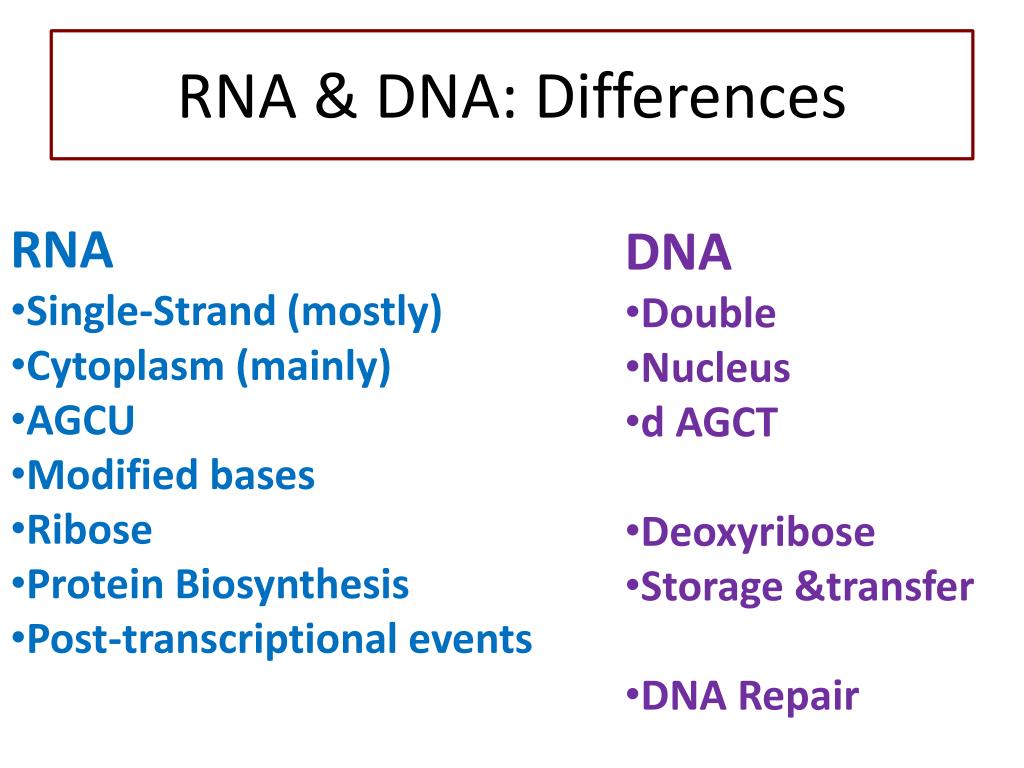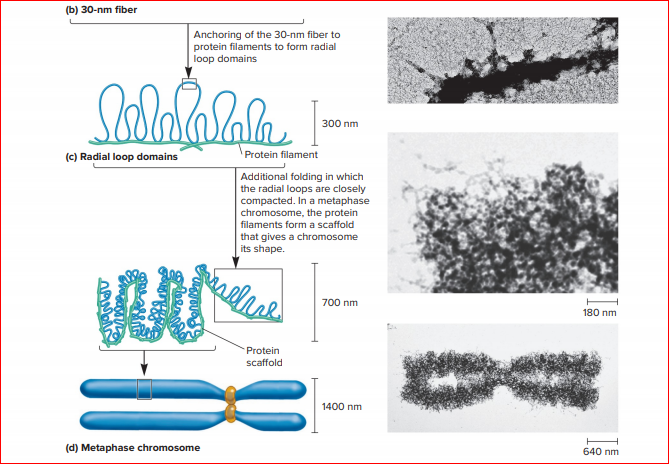


These residues are important for forming the loop between helices 3 and 4. Additionally, in these remote homologues either Gly69 or Pro72 is substituted. This region contains important hydrophobic residues that form the core of the second dimerization site and Asp68 which stabilizes the structure by an ionic bond with Lys75 of the other protomer. Conversely in more remote homologues such as Ler, Bph3, Hvra, or Spb, the region Gln59-Asp68 appears to be missing. When projecting the H-NS 1–83 structure onto our previously published sequence alignment ( 12), it is apparent that key residues for the dimer interface are conserved in close H-NS homologues such as StpA, Sfh, or VicH, suggesting that these proteins are able to form oligomers in a similar manner to H-NS. The destabilizing effect of mutations at Arg54 ( 19, 20) and Lys57 ( 21) and the resulting hns null mutant phenotype can be explained by the presence of these amino acids in this site of dimer formation. The Site 2 interface is recognized as a stable “bona fide” dimer by the protein interfaces, surface, and assemblies service PISA at the European Bioinformatics Institute ( 17) (Δ G int - 14 kcal/mol, Δ G diss 4.0 kcal/mol) in agreement with biophysical data ( 14, 18). This secondary tail-to-tail dimer buries a total of 1,800 Å 2 of protein surface, and is stabilized by a hydrophobic core (formed by residues Leu58, Tyr61, Met64, Leu65, Leu75, Leu76, and Met79), flanked by salt bridges (Lys57-Asp68*, Arg54-Glu74*, where *refers to the symmetry-related protomer) ( Fig. 1 B). The second site of dimerization (Site 2) is formed by H3 and H4 forming a helix-turn-helix motif (between residues 57–83) which interlocks the C termini of the two protomers in an antiparallel fashion ( Fig. 1 A). These features coincide perfectly with previously reported secondary structure predictions ( 14). The structure reveals the presence of an elongated third α-helix, H3 (residues 23–67), followed by a kink and a fourth α-helix ( Fig. 1 A, C). A 3.7 Å X-ray structure was determined from these crystals (see Table 1, Methods, and SI Appendix). This construct lacks the C-terminal DNA-binding domain, but contains the secondary dimerization site (Site 2-between residues 67 and 83) responsible for oligomerization of the previously elucidated N-terminal dimers ( 14). The structurally conservative C21S mutation removes the possibility of self-association by disulphide bond formation in oxidizing conditions, but has no discernable effect on the biophysical properties of the polypeptide ( 16). Results & Discussionįollowing an extensive biophysical and biochemical characterization of various H-NS fragments we were able to design a tailored crystallization screen that allowed us to obtain crystals of residues 1–83 of the S. To date the existing structural detail has failed to produce a satisfactory mechanism for high-order oligomerization or the concomitant DNA condensation. coli H-NS (residues 91–137) has been determined ( 13). In addition, the structure of the C-terminal winged helix-turn-helix (wHTH) DNA-binding domain of E. In common in all of these structures the dimers are supported by interactions between two short N-terminal helices (H1 and H2 (Site 1)). Structural models for dimerization of truncated forms of the oligomerization domain have been determined from different organisms ( Salmonella typhimurium, residues 2–58 ( 9) and 2–65 ( 10) Escherichia coli, residues 2–47 ( 11) and Vibrio cholerae (H-NS homologue VicH), residues 2–51 ( 12)). H-NS is subdivided into two discrete and functionally independent domains joined through a flexible linker the N-terminal oligomerization domain (residues 1–83) and the C-terminal DNA-binding domain (residues 91–137). By binding cooperatively to adjacent promoter regions, H-NS is able to repress gene expression ( 6– 8). For example, constraining of the supercoiling of DNA by H-NS is linked to bacterial response to changes in osmolarity and temperature ( 3– 6). H-NS is a highly abundant, ubiquitous DNA-binding protein that controls expression of over 200 genes in response to environmental factors by acting on DNA topology ( 1, 2). As with eukaryotic DNA, gene compaction via protein condensation and the resulting changes in accessibility to promoter regions provide general mechanisms to control gene expression within the bacterial nucleoid. Enterobacteria condense DNA through binding to a protein scaffold.


 0 kommentar(er)
0 kommentar(er)
